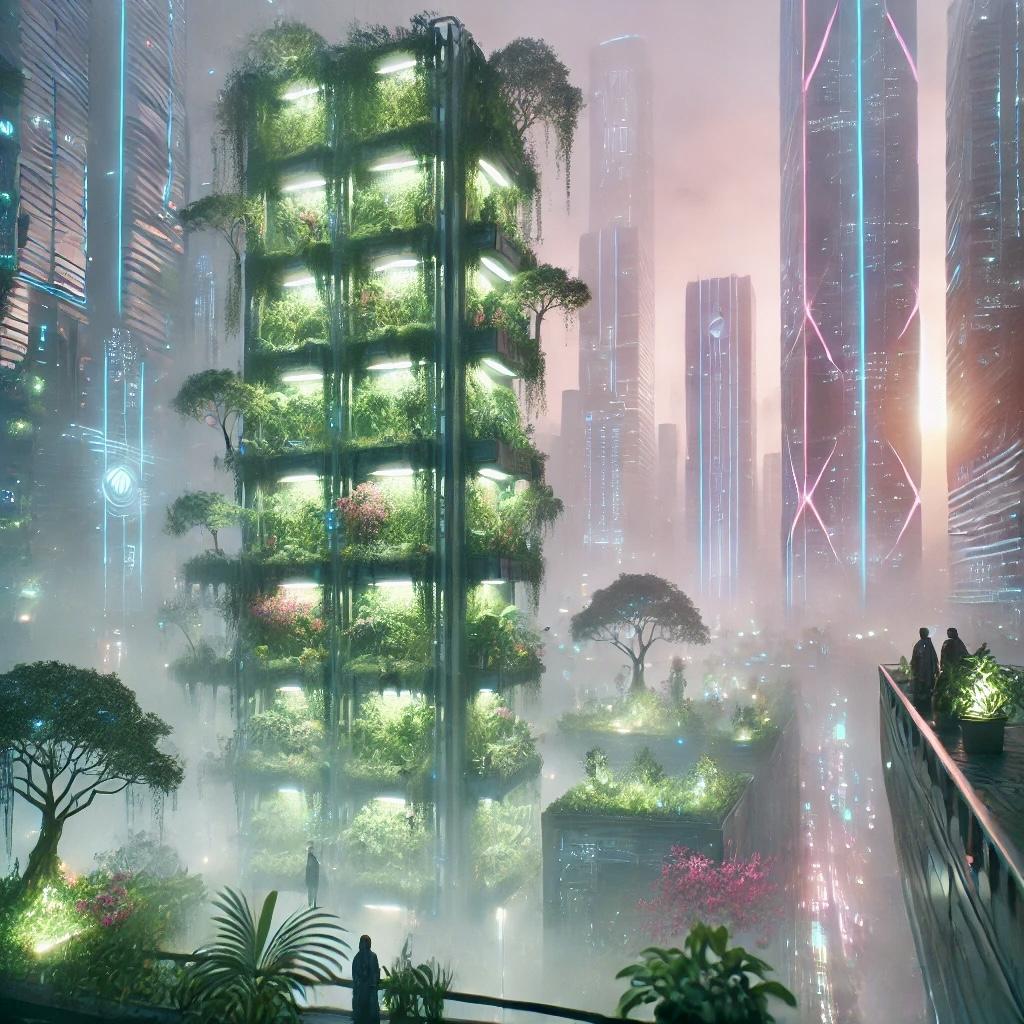
If there were ever a piece of literature that perfectly captures the state of the world at a given point in time, it's T.S. Eliot’s The Waste Land. Published in 1922, Eliot's sprawling modernist poem presents a world in crisis, fragmented and desolate, a land in dire need of spiritual and societal rejuvenation. A century later, the world faces a different kind of crisis – environmental degradation – and just as Eliot sought to make sense of his era's disarray, so too does ReLeaf seek to address ours. But unlike the desolation of Eliot's waste land, ReLeaf envisions a world transformed into a thriving green canopy.
The Waste Land opens with a haunting paradox: "April is the cruellest month, breeding / Lilacs out of the dead land, mixing / Memory and desire, stirring / Dull roots with spring rain." Eliot sees the resurgence of life as a reminder of loss and unfulfilled desire. Conversely, ReLeaf sees growth and rebirth as inherently hopeful, a process of continuous regeneration. For ReLeaf, April is the kindest month, heralding the resurgence of life in vertical gardens throughout the city.
Eliot's poem shifts between multiple perspectives, creating a patchwork of voices that echo the fragmentation of post-World War I society. Similarly, ReLeaf embraces a multiplicity of voices but uses them to foster unity, not to express disunity. In Eliot's waste land, the fragments fail to form a cohesive whole, while in ReLeaf's vision, diversity contributes to a unified, resilient ecosystem.
The barren landscape of Eliot's waste land stands in stark contrast to ReLeaf's vision of abundant vertical gardens. Where Eliot's poem speaks of "a heap of broken images, where the sun beats, / And the dead tree gives no shelter," ReLeaf's gardens offer shelter, sustenance, and the prospect of renewal. They are not just an antidote to the physical desolation described by Eliot but also to the spiritual desolation he conveys.
Despite the bleakness of his vision, Eliot implies the potential for redemption and renewal – though it is a distant, almost unattainable prospect. In contrast, ReLeaf envisions redemption and renewal as not only attainable but already underway. It's a grassroots movement that, like the water Eliot longs for in his desert land, brings life and vibrancy to our cities.
Eliot's waste land is a metaphor for a world that has lost its way, where old certainties have crumbled and the future is uncertain. ReLeaf's vision, conversely, is grounded in the certainty that we can, and must, do better. It's a reaffirmation of our potential to restore, renew, and regenerate our world, turning the waste land of our urban environments into lush, productive, and sustainable green spaces. It's an echo of Eliot's yearning for a return to a time of fertility and growth, but it's also a distinctly 21st-century response to a distinctly 21st-century challenge.
So while the world of The Waste Land and the world of ReLeaf may seem diametrically opposed, they are, in fact, two sides of the same coin. Both reflect on the state of the world and yearn for renewal, but where Eliot's vision is one of despair, ReLeaf's is one of hope. It's a hope rooted in the belief that, with commitment and collective action, we can turn today's waste lands into tomorrow's green canopies.